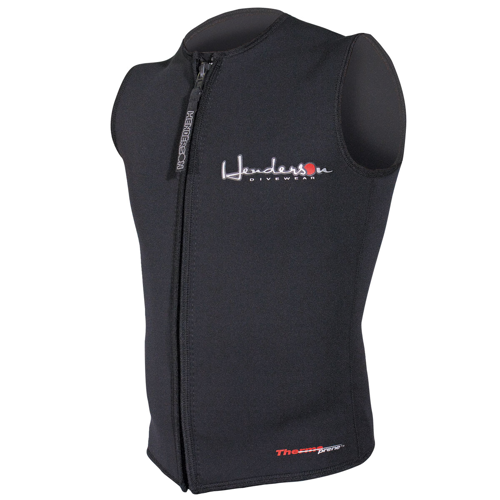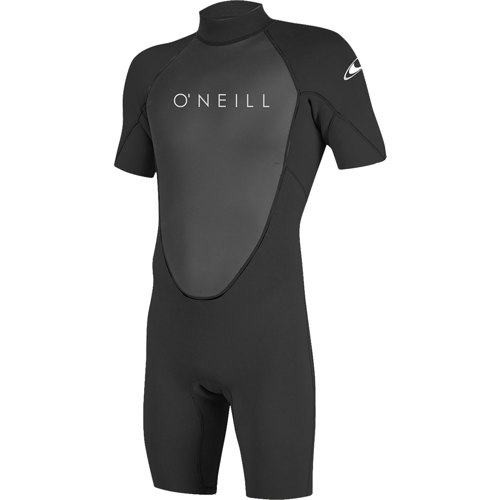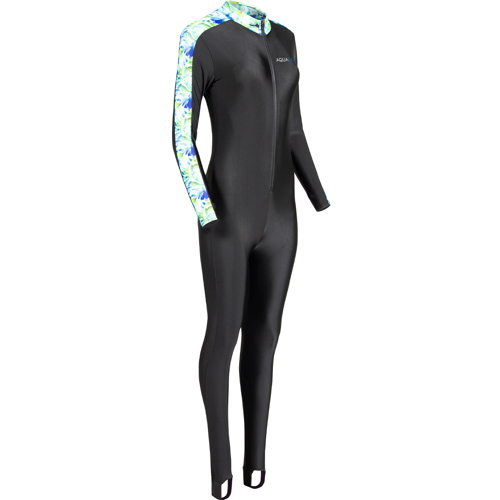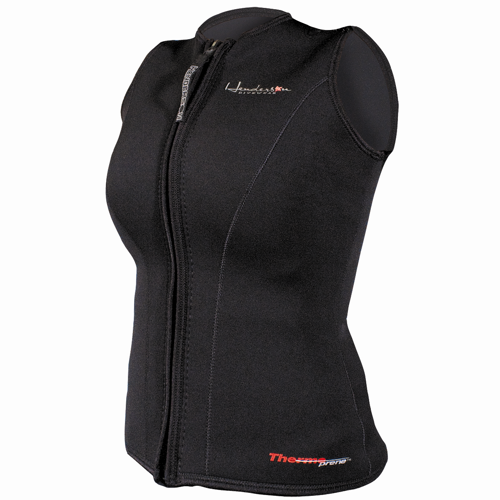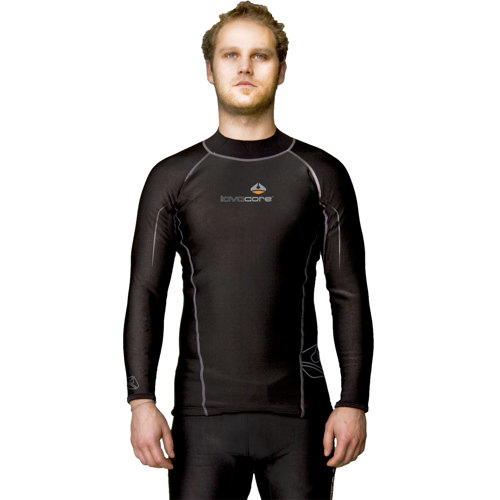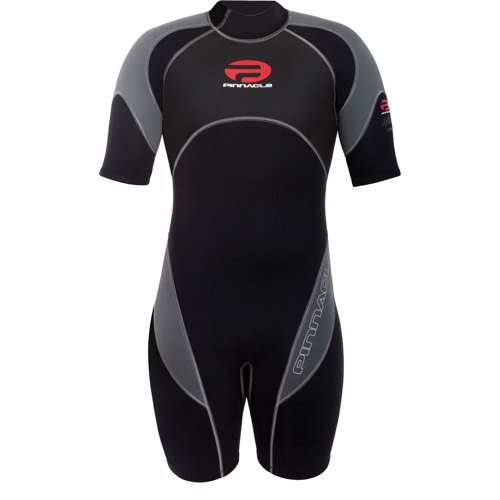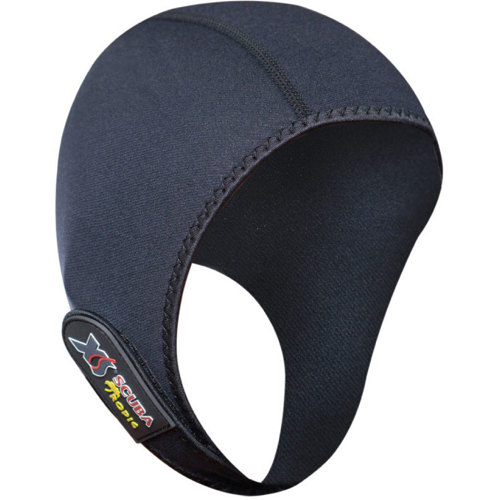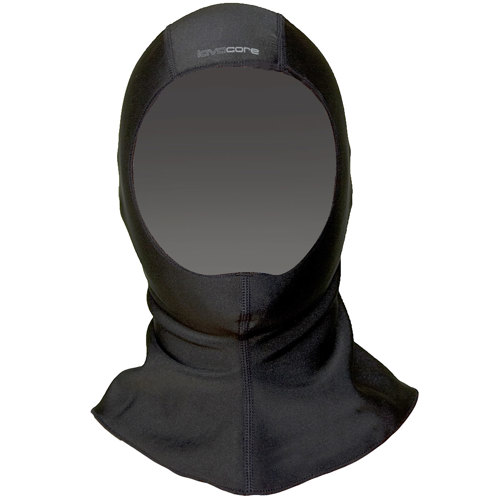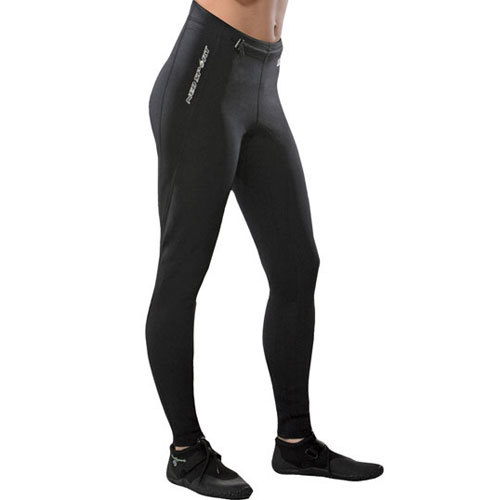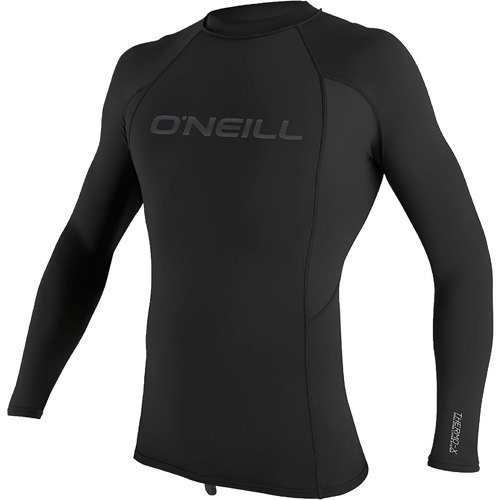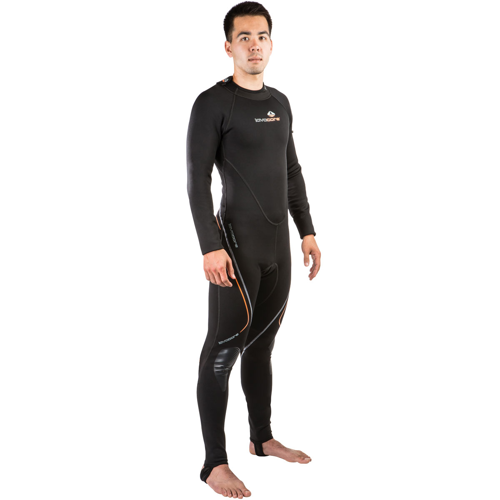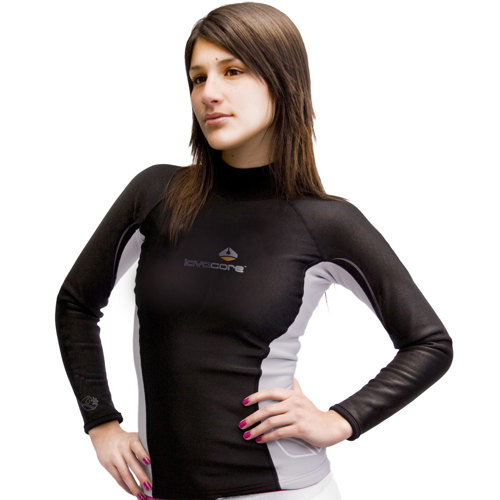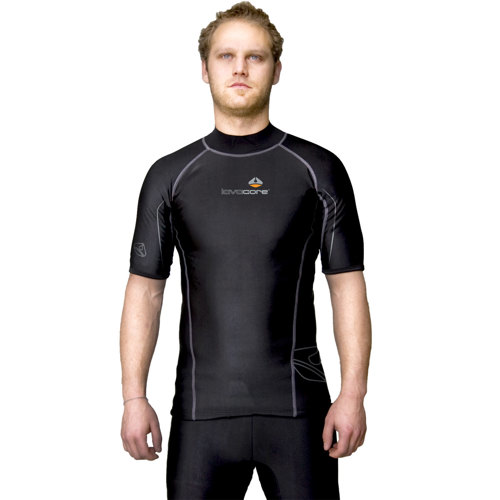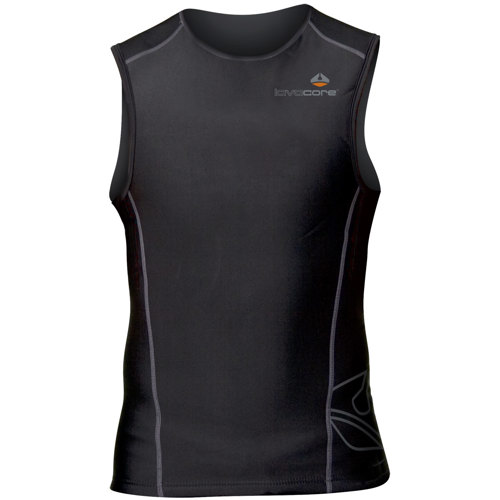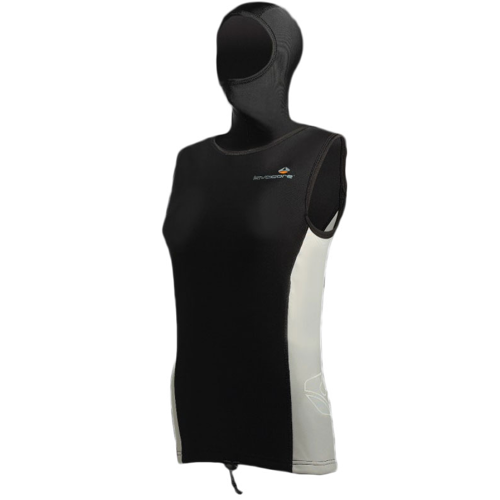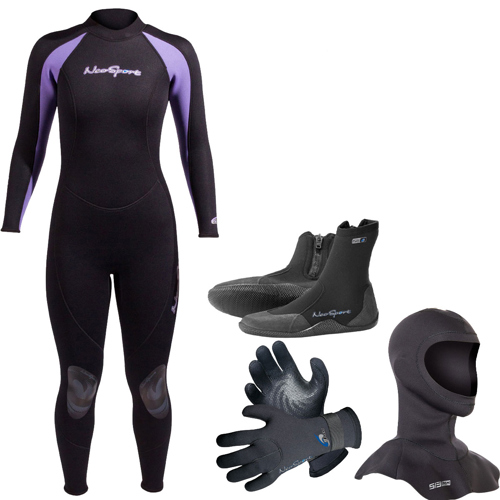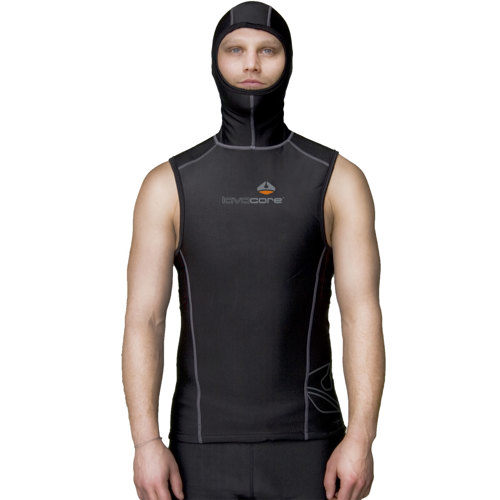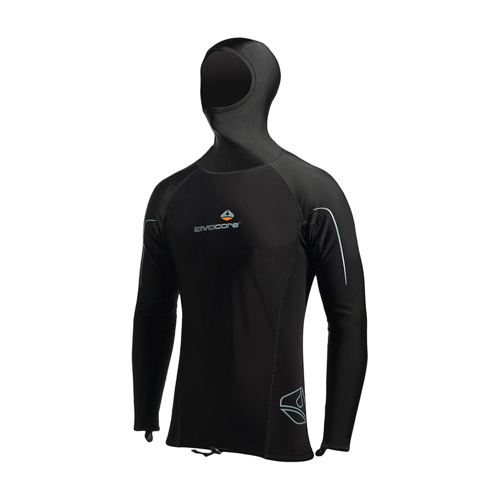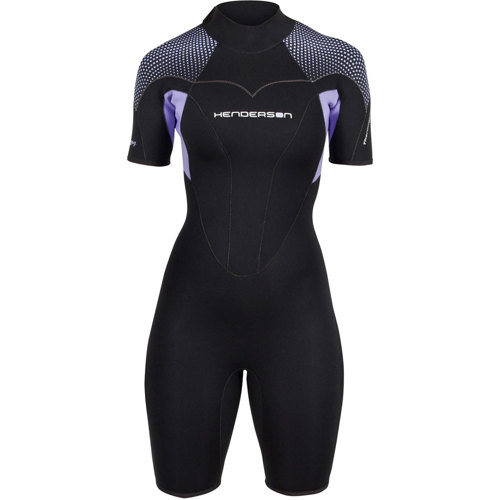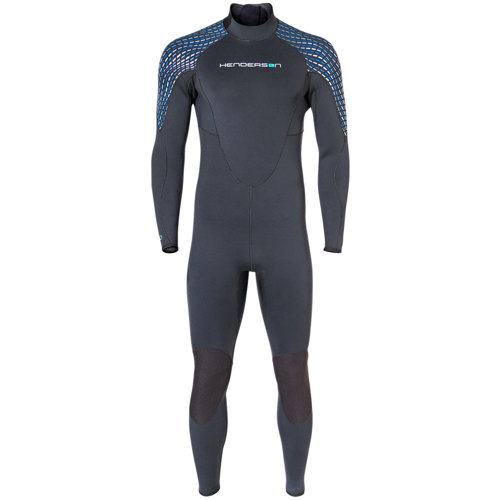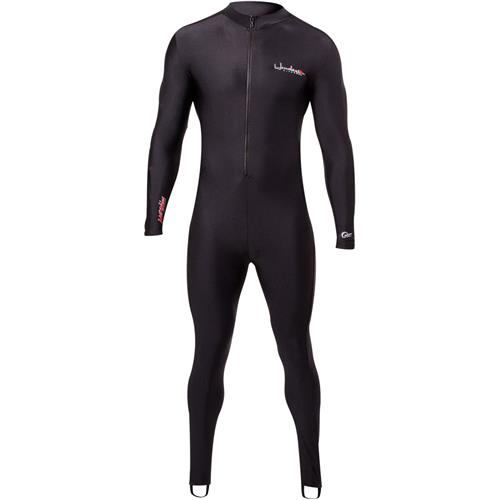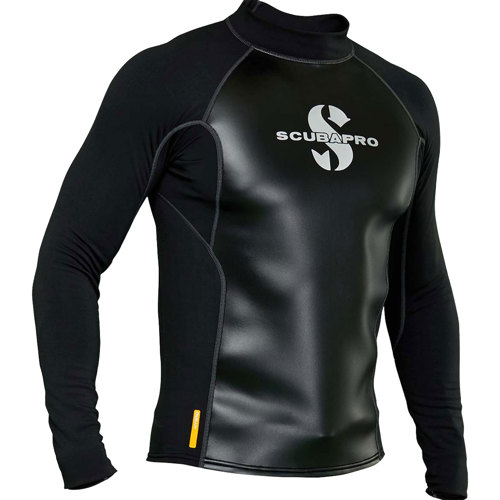Ocean swimming offers an exhilarating sense of freedom and connection to nature, but it also presents unique challenges—chief among them, staying warm in unpredictable and often chilly waters. Whether you’re training for your first open water race, enjoying a sunrise dip, or embarking on long-distance swims along rugged coastlines, the right thermal protection makes all the difference. For many swimmers, the transition from pool to ocean involves a steep learning curve, not just in technique but in understanding how quickly body heat can be lost, even in summer. The sensation of cool water slipping past your skin can be invigorating, but after a few minutes, especially when the water temperature dips below 70°F (21°C), the chill can start to sap both energy and enjoyment. That’s where specialized gear comes into play—wetsuits, thermal rash guards, and accessories like neoprene caps and gloves are all designed to help maintain core warmth, extend swim times, and enhance safety. Wetsuits are particularly popular, crafted from neoprene that traps a thin layer of water against the skin, which your body then warms, creating an insulating barrier. The buoyancy provided by a wetsuit can also help you glide more efficiently, and the extra layer shields against jellyfish stings, scrapes from rocks, and the occasional brush with seaweed. For milder conditions or shorter swims, a thermal rash guard offers a lightweight alternative, providing comfort without the bulk of a full suit.
Choosing the right thermal protection depends on a mix of factors: water temperature, swim duration, personal tolerance to cold, and the type of swimming you plan to do. As August brings warmer air but not always warmer seas, it’s wise to check local water temperatures before heading out. For waters ranging from 60°F to 75°F (15.5°C to 24°C), a 3mm wetsuit is often the go-to choice, balancing warmth and flexibility. When temperatures drop below 70°F, many swimmers opt for thicker neoprene or layer with thermal vests and hoods for extra insulation. For those braving the brisker waters below 60°F (16°C), a full thermal wetsuit becomes essential, and accessories like neoprene socks and gloves can help stave off numbness in extremities. Head coverage is particularly important, as a significant amount of body heat is lost through the scalp—neoprene swim caps are a simple yet effective solution. These products aren’t just for hardcore athletes; they make thoughtful gifts for anyone who loves the ocean, from casual weekend dippers to triathletes training year-round. A well-chosen wetsuit or thermal accessory can open up a world of adventure, allowing swimmers to enjoy the sea earlier in the spring and later into the autumn, or even to experience the unique beauty of winter swimming in comfort.
When selecting thermal protection, consider fit and comfort as much as insulation. A suit that’s too loose won’t trap water effectively, while one that’s too tight can restrict movement and cause chafing—something every seasoned swimmer has learned to avoid. Many swimmers develop personal rituals: layering up with anti-chafing balm, double-checking seams for comfort, or taking a few moments to acclimatize before striking out into the open blue. The right gear becomes part of the experience, transforming what could be a bracing ordeal into a meditative glide through kelp forests, over sandy shallows, or along rocky headlands. For those new to the sport or looking to upgrade, browsing a curated selection of
Thermal Protection Wetsuits can help narrow down the options and ensure you find the perfect match for your needs. Whether you’re gifting a friend who dreams of their first ocean swim or preparing for your own next adventure, investing in reliable thermal protection is the key to making every swim safe, comfortable, and memorable.
Top Picks For Thermal Protection For Ocean Swimmers

